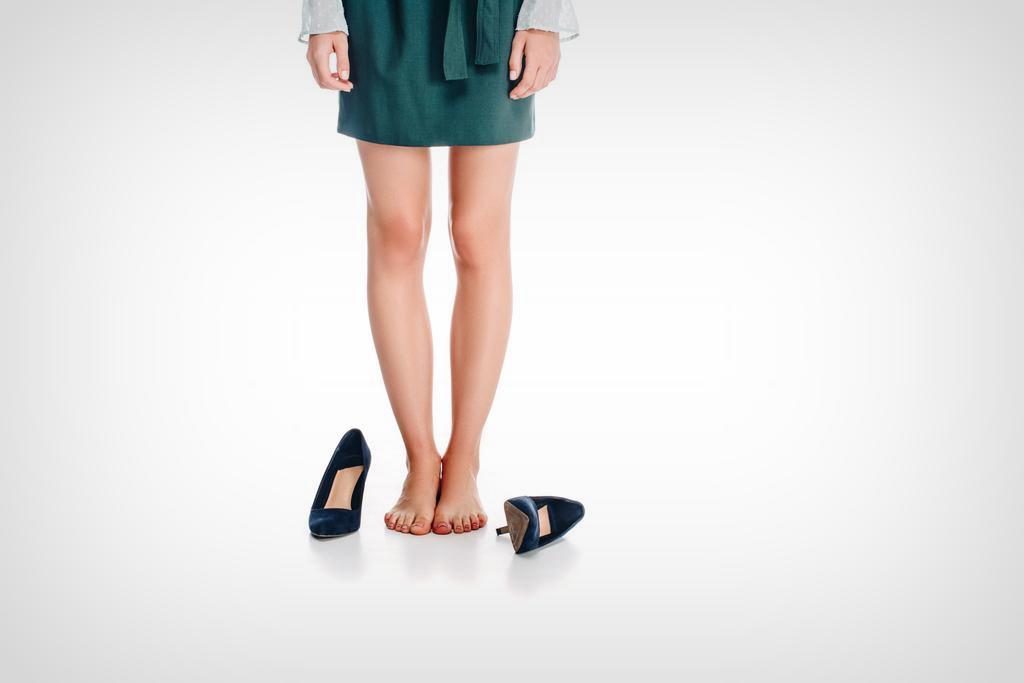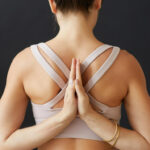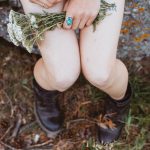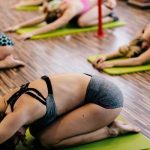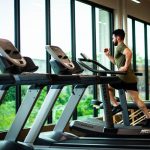Do your knees bend outward when you’re standing or walking? If yes, there is a chance that you might have bow legs.
A person with bowlegs has knees that angle outward when walking or standing. The other name for bow legs is “Genu varum”.
This condition can either originate in childhood or develop over time. Adults with bowlegs are more likely to develop knee pain.
People living with bow legs sometimes feel embarrassed about their legs, but many of them don’t even know they have them. But, if these problems become severe over time, they may require treatment with surgery.
This article is going to cover all the things you need to know about bow legs, from identification to causes, things to do if you are living with bowlegs, and exercises for bowleggedness.
What is Bowlegs?

“Bowlegs” or Genu varum is when the legs curve outward at the knees so that the feet and ankles touch. It is just opposite of the knock knees. These are usually temporary in babies and toddlers and usually go away without treatment. Sometimes, older kids too do. By the time a child is 3–4 years old, it usually goes away without treatment.
This condition can also be referred to as Bandy-leg, Bowleg Syndrome, Bowed Legs, Bowleggedness, Varus Deformity, Genu Varum, and Tibia Vara.
Everything You Need to Know about Bow Legs
Let’s start with the basics of bow-leggedness; the how and why of bowlegs, systems, causes, do’s & don’ts plus exercises.
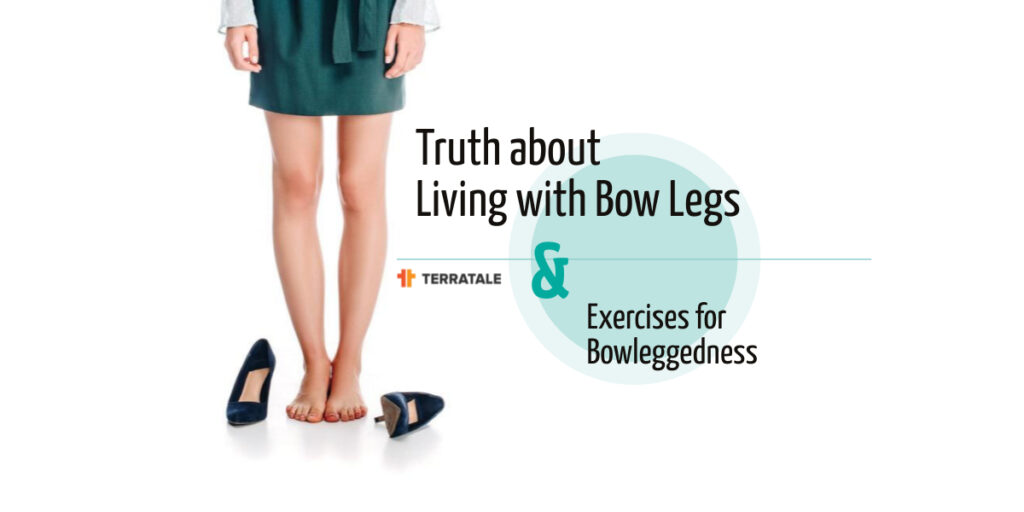
Understanding Bowlegs
When someone has bow legs, their legs are so bent that they look like the bend of a bow. That’s how bowlegs got their name.
The top, your hips, and the bottom, your ankles, are in a normal position but your knees bend outwards like they’re trying to get away from each other.
Bowlegs happen when the muscles of the calves become longer than usual, causing the calf muscle to stretch more than normal.
As a result, the knee bends outward. The foot and ankle may not touch, but the toes point out.
Bowlegs deformity is a condition where the lower legs don’t fully extend and it can affect people of all ages. This deformity can affect various joints of the body including the knee, ankle, hip, and spine.
Bowlegs in Children
Bowlegs are common in babies due to their folded position in the womb. But if a child still has bowlegs at age three, it is important to see a specialist.
The typical growth pattern of a child is that they grow out of this condition as they start to stand and walk.
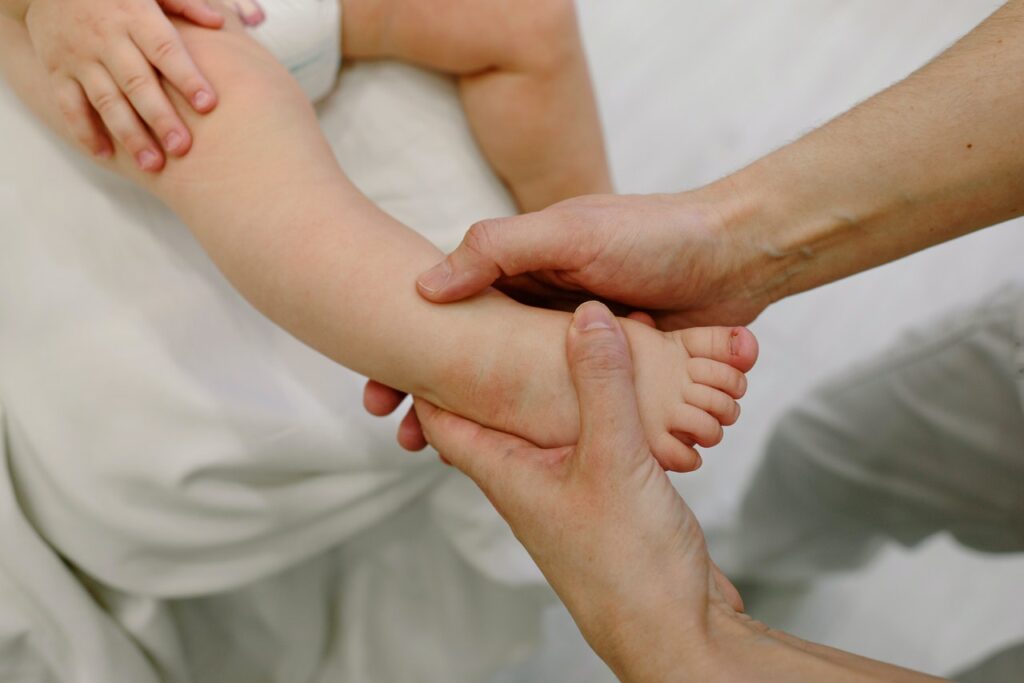
In most cases, the child’s legs begin to straighten once they start bearing weight on them while standing or walking (usually between 12 to 18 months old).
Most kids start walking around the age of two to three. As the baby gets older and the legs become more mobile, the legs begin to move in different directions, which causes the knees to bend at an angle.
In most kids by age two to three, the leg angle usually reverses and begins to look more like a knock knee, where the knees bend inward towards each other.
Most children’s knees are straight after about six years of age. But if your child’s knees aren’t as straight as they should be, it may be time for an orthopedic consultation.
Symptoms of Bowlegs
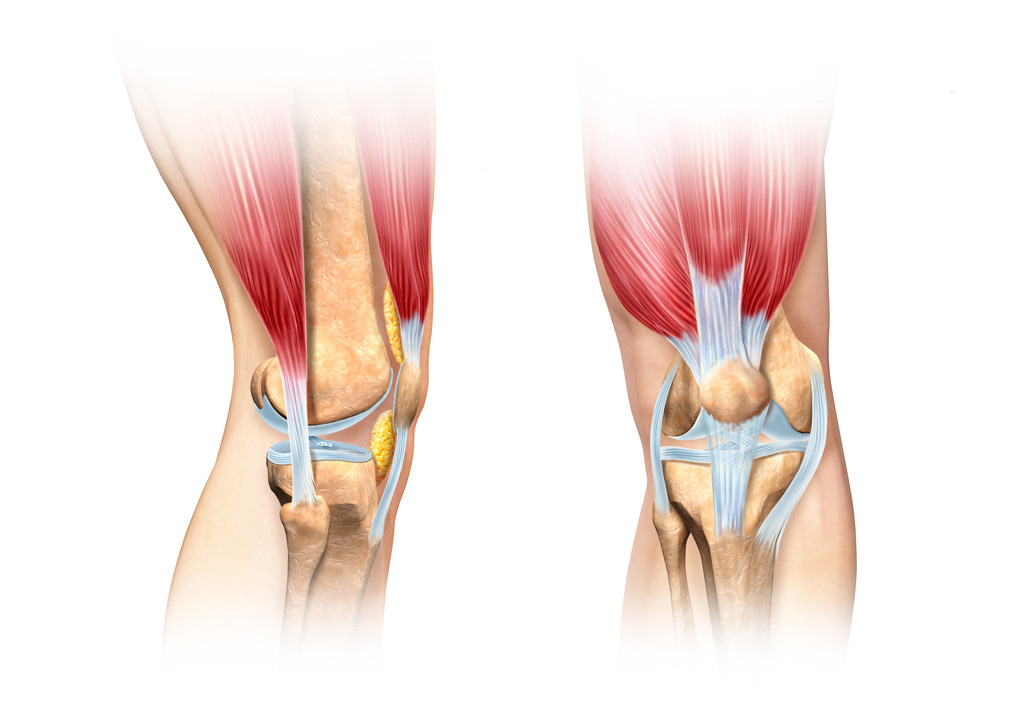
Based on the experiences of people living with bowlegs, here are some of the common symptoms that may be associated with bowlegs include:
- Knee or hip pain,
- Reduced range of motion in the hips,
- Difficulty walking or running,
- Unstable feelings about your own physical appearance,
- Different walking patterns as compared to other children,
- Frequent falls or tripping,
- Deformity or outward bending of one or more limbs,
- Bowing more on standing or walking,
- Turning in of feet (in-toeing)
Causes of Bowlegs or Genu Varum
Bowlegs can happen for many reasons. It could be in the babies who are born prematurely or have a low birth weight. A malnourished child could also have the condition of Genu Varum too.
And other variety of different factors, including past leg injuries, muscular imbalances, poor posture habits, or even hereditary factors.
Commonly known causes of bow legs could be any one of the below:
- Physiological bowing – Normal variation in children younger than 3 years. Bowing is corrected when the child is 3-4 years old.
- Low intake of Vitamin D in the body – Which can also cause Rickets. Children suffering from Ricket might have the condition of bow-leggedness too.
- Poor absorption of calcium in the body.
- Blount’s disease – An abnormality of the growth plate in the upper shinbone.
- Osteoarthritis – Wear-and-tear arthritis of the knees. (usually found in adults)
- Any serious trauma to the lower limb if left untreated.
- Lead poisoning, a type of metal poisoning caused by lead in the body.
Living With Bowlegs – Things to Know
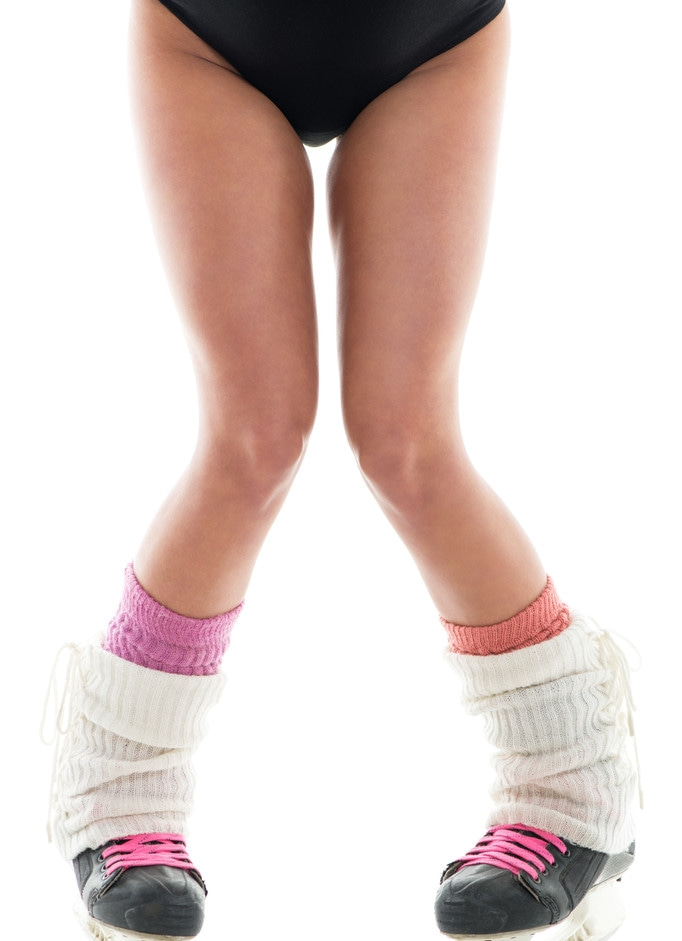
One of the things you can do to make sure your bow-legged knees stay healthy is to work out regularly to strengthen your hips and legs.
You can also strengthen your hips and legs by doing lower extremity stretching exercises.
Even if you have bow legs, you can still work out. You should choose lower impact exercises to prevent any future knee problems.
If you feel someone with bow legs cannot be an athlete, you are mistaken. These athletes won several medals in the Olympics, and some of them gave tough competitions to the best athletes of all time who were living with bowlegs. Athletes such as Steve Plasencia, Steve Prefontaine, Casey and Pat Moulton, Zach Bitter, Bernard Lagat are just the best of all time. There are more than a few Olympians that have bow legs.
Living with Bowlegs – Things to Do
Living with bowlegs can be difficult. It can cause pain in various parts of the body, and limit your mobility.
Fortunately, there are some things that you can do to help alleviate some of the discomfort associated with bowlegs.
For example, doctors recommend that patients who have bowlegs should avoid wearing high heels for extended periods of time.
Do strengthening exercises to improve balance while stretching out muscles on either side of the spine. Stretching out the spinal muscles can help alleviate back pain. I have shared exercises for bowleggedness in the latter part of the article, do not forget to checkout.
Walking and swimming can also help, but they are not recommended for very young children.
It is also not necessary to live with bowlegs and, in most cases, the bowlegs can be corrected.
If surgery is required, it should be done before maturity because, after maturing, the leg bones are fused together. Surgery is usually more complicated when both legs are affected.
If you are experiencing pain or discomfort in your bowlegs, you should consult your doctor for advice.
Exercises for Bowleggednes – How to Deal with Bowlegs
Patients with a severe case of bow legs, or genu varum, have a difficult time walking and standing. This condition requires the use of orthotics that both stabilize and correct the unevenness in leg lengths.
Exercises for bowleggednes are also recommended to strengthen muscles from the front of the thigh to the knee and back. Fortunately, there are several exercises for patients with bow legs that can help improve their condition.
# Quadriceps Exercises for Bowlegs
The quadriceps (or quads) are the four muscles on the front of the thigh. They pull together to help flex their thighs and extend their knees.
1. Short Arcs Quads
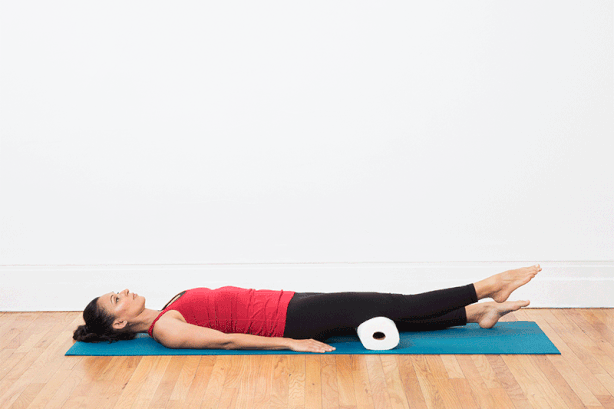
Lie down on a flat surface. Make a towel roll and put it under your knee. Slowly straighten your bent leg until it is straight.
With your toes pointed toward the ceiling, tighten up your quadriceps muscle. For 5 seconds, hold it tight. Bring your foot down gradually.
Repeat it 15-20 times for relieving some pain.
2. Wall Slides
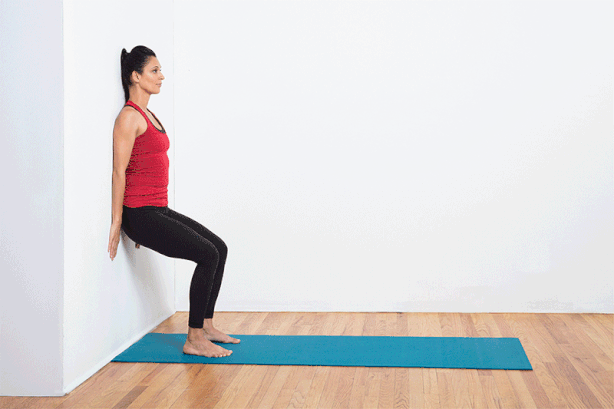
Stand up tall with your back against a wall, feet shoulder-width apart.
Bend your knees, and slide down the wall, bending your knees and hips until your body forms a straight line from your head to your toes. Hold this position for 5 seconds.
Straighten your knees by slowly sliding up the wall until your body forms a straight line from your head to your toes.
Do it 10 more times.
3. Terminal Knee Extension (TKE)
To do this exercise, you’ll need a resistance band, such as a Theraband.
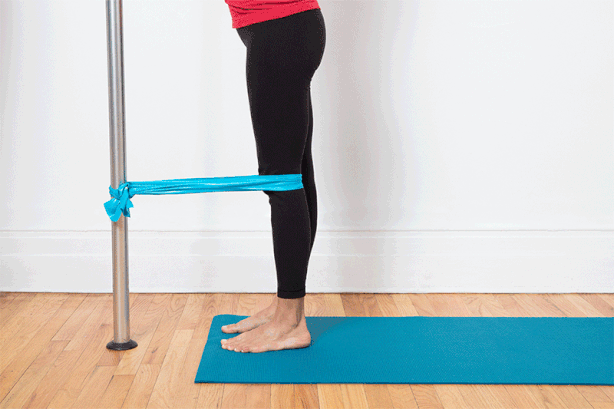
You should place the resistance band over the thigh of a chair, or something “very stable”. Make sure it is anchored, so that it is level with the knee, and then tie it tightly.
The resistance band is attached to a loop around your knee. Bend your knee slightly and then slowly straighten your leg and put tension on the band.
When your knee is straight, hold the position for three seconds. Then slowly bend your knee a bit, and repeat the exercise 15 times.
# Other Exercises Which Can Help Correct Bowlegs
Many people think that living with bow legs is something to be ashamed of, but nothing could be further from the truth.
There is no need to be left with a deformed body and the feeling of inferiority. These easy exercises and tips for maintaining good posture will help you live your life to the fullest.
4. Foam Roller Exercise
The best way to bring your knees together is to use a foam roller.
Place it between your knees, stand straight, and raise your arms above your head. Bend forward without bending your knees.
Try to go as low as possible. Bring your hands slowly back to the starting position.
Repeat this exercise 10 times.
5. Toes-in Squat
This is a great strength training exercise for the thigh’s back muscles. You’ll be doing squats in a new way. Try focusing your mind on your thigh’s back muscles.
Remember exercise requires your mind’s focus. Stand with your feet 3 inches apart. Stretch your toes so they touch. Then squat as low as you can.
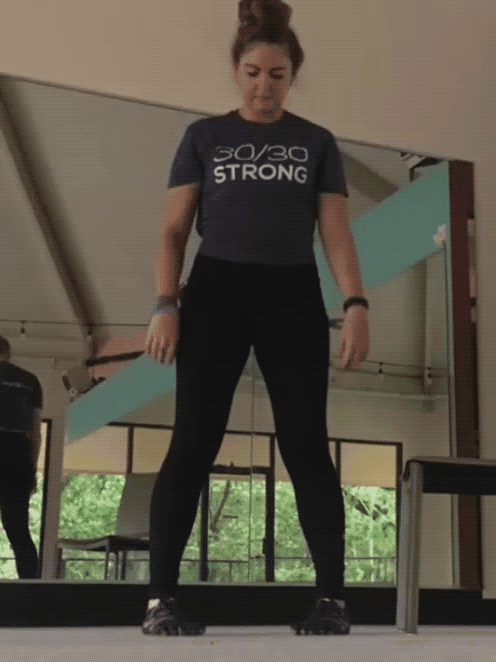
You won’t be able to do it as normal. The range of motion is very limited. It’s important that you work on your thigh muscles and core when lifting weights. Most importantly, make sure your back leg is being used.
You’ll need to go low enough so that your back is doing all of the work. (You can adjust the width according to your preference. It doesn’t have to be exactly 3 inches)
6. Internal Hip Rotation
Spread a yoga mat and lie on your side.
Place both legs one over the other. Slowly bend both your legs from the knee. Continue bending until your foot is perpendicular to your body (90 degrees to your body).
This must be your position; your body straight as a line and foot bend from the knees at ninety degrees. Now lift your foot as high as possible keeping the knees touching together.
Do this ten times and repeat the same on the other side.
7. Piriformis Stretch
This exercise focuses on your glute and hips. It will help to relax your hip muscles, bringing your knees closer together.
Lie flat on your back. Bend your legs so that your knees are pointing towards the ceiling. Now lift your left leg and place it over your right knee.
Through the gap in between your legs insert your left hand and hold your right leg. You can also use your right hand for extra support. Hold onto this position for 30 seconds. Switch sides.
Do this ten times per day.
—
Hope you have found this article informational and most of your basic queries about bowleg have been answered.
Do you have any other questions in your mind? Want to know other ways to correct bowlegs?
I know you are not enjoying living with bow legs, especially when you are suffering physically or emotionally. So do not hesitate, share your queries in the comments below and I’ll try to help as much as possible.
FAQs – Frequently Asked Questions about Bowlegs
We have tried answering some frequently asked questions about bow legs. Please let us know if you want to know about something specific.
What Is the Cause of Bowlegs?
Bowlegs are common in babies due to their folded position in the womb. In adults, Bowlegs could happen due to many reasons. They could be due to vitamin D deficiency, poor absorption of calcium, Blount’s disease, or osteoarthritis. Read more on causes and symptoms inside the article.
How to Correct Bowlegs in Babies?
Physiological bow legs are a normal condition in children that don’t need treatment. When a child has Blount disease, she/he may need a brace or surgery. Rickets is treated by adding vitamin D and calcium to the diet.
What is the Treatment for Bowlegs?
Bowlegs are typically treated with a leg brace or surgery. Endocrinological treatment may be an option as well. Depending on the cause and the severity of the condition, the type of treatment a person needs may differ.
What Exercises I Can Do to Correct Bowlegs?
Bowlegs or genu varum can be corrected with various exercises, including the foam roller, toes-in squat, and internal hip rotation exercises. These exercises will relieve pain to a great extent. Read more about the Quadriceps Exercises for Bowlegs inside the article.
Celebrities with Bowlegs or Genu varum
Most people think that celebrities are beautiful and flawless. But there are celebrities who have their struggles with bow legs and are still superstars.
Kate Moss admits she hates wearing mid-calf clothes because of her bow-legs. She is a beautiful supermodel. Yoona is a popular Korean star and one of the famous K-drama actresses who have bowlegs. There are other K-Pop stars whose pictures look like they are bow-legged: Han (Stray Kids fame), Chanyeol (EXO fame), Yukyung (Elris group member), Huening Kai (TXT fame).
– GIFs source (Quadriceps Exercises): www.verywellhealth.com/quad-strengthening-exercises-2696617
